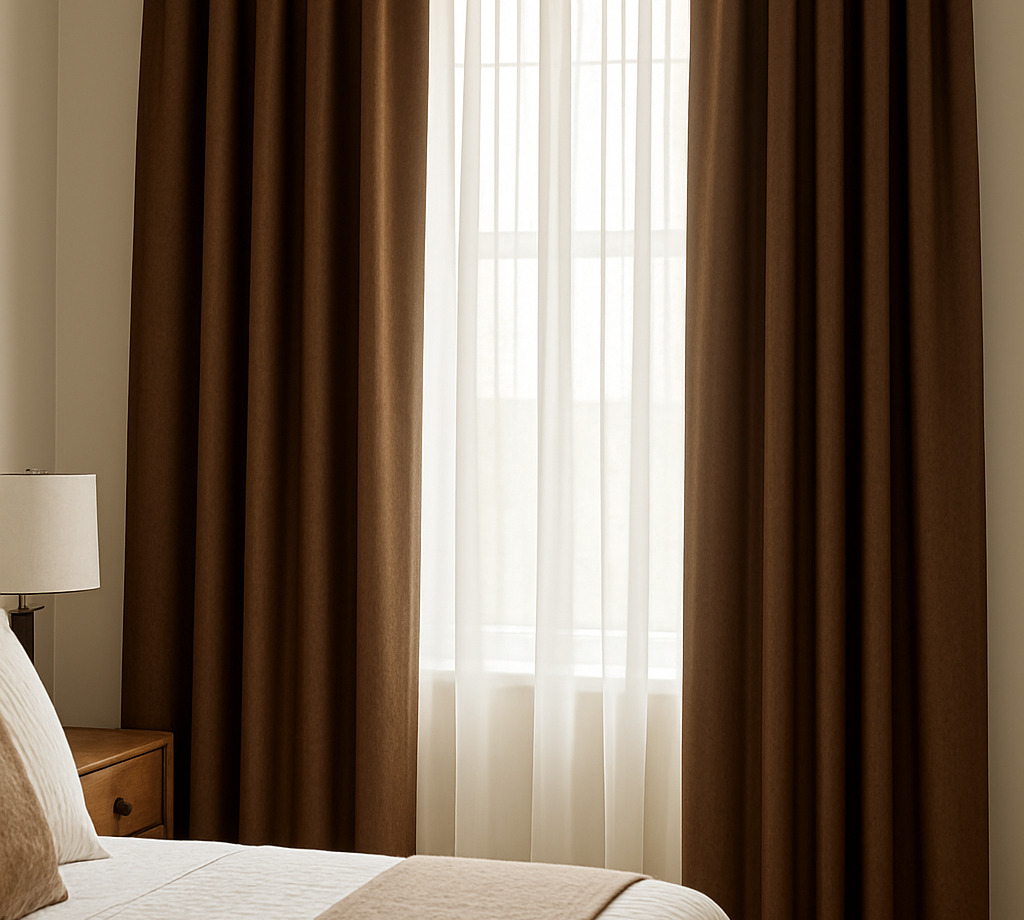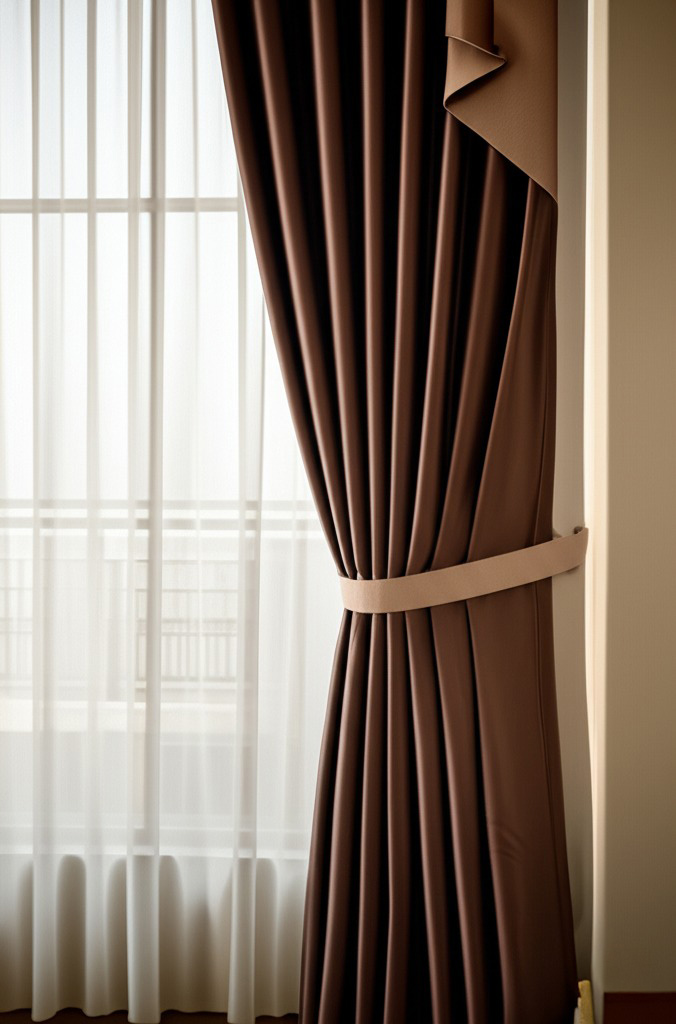When it comes to home interiors, curtains are often an overlooked element—but the fabric you choose for them can dramatically alter the look, feel, and functionality of a room. The type of curtain fabric plays a critical role in setting the room’s atmosphere, influencing everything from light diffusion and privacy to elegance and coziness. A heavy, dark fabric will make a room feel more formal and intimate, while a light, sheer material opens up the space, creating an airy and relaxed vibe. Beyond style, the right fabric can also impact energy efficiency, durability, and ease of maintenance.
Comparing Popular Curtain Fabrics
Among the many options, cotton, linen, velvet, silk, and synthetic blends are widely used, each offering unique benefits. Cotton is breathable and flexible, perfect for casual or formal settings depending on the weave. Linen, with its natural texture, offers a light and fresh look, though it wrinkles easily and may need lining. Velvet is ideal for luxurious interiors where insulation and light blocking are priorities. Satin and Silk bring a rich, opulent feel but are best suited for spaces with minimal sun exposure due to their delicate nature. One fabric that stands out for more practical needs is Duck. Duck fabric is a tightly woven cotton canvas known for its strength and water resistance. It’s particularly useful in kitchens, bathrooms, or outdoor curtain applications where moisture protection is essential, and it also holds shape beautifully for tailored looks.
Understanding Curtain Structure and Fabric Choices
Curtains are typically composed of several parts, each serving a different function and best matched with specific fabrics. The sheer layer is the lightest, designed to soften natural light while maintaining a sense of openness. For this, delicate materials like voile, chiffon, or organza are ideal, as they provide translucency and elegance. Draw drapery is the functional middle layer, used for privacy and light control. Medium-weight fabrics like cotton or polyester blends work well here due to their balance of drape and opacity. Overdrapery, the outermost decorative layer, is where you can go bold—rich velvets, heavy brocades, or textured jacquards add drama and visual depth, especially in formal living rooms or bedrooms. For practical accents or outdoor-facing panels, Duck fabric makes an excellent choice due to its durability and water resistance, adding both style and function.
Matching Fabric to Function and Room Style
Here’s a simple guide how to decorate your room with nice colors for the curtains:
Selecting the right fabric also depends on the purpose of the curtain and the style of the room. Light sheers in a sunroom enhance brightness and maintain a breezy feel. Bedrooms benefit from layered curtains—perhaps sheers paired with blackout-lined draw drapery—to offer flexibility in light control and privacy. In high-humidity or high-traffic areas, choosing a resilient fabric like Duck ensures longevity while offering a crisp, clean appearance. Living rooms may use luxurious overdrapery in heavier fabrics for visual richness, complemented by more neutral or textural middle layers to balance design and function.
Where to Source Quality Curtain Fabrics
While fabric stores offer a range of options, working with a curtain specialist or shop ensures tailored advice and better results. For those seeking high-quality, uniquely designed curtain fabrics, buying from reputable wholesalers is the best approach. Celik Tekstil in Istanbul stands out as an excellent choice for sourcing wholesale curtain fabrics. Known for its unique designs and superior fabric quality, Celik Tekstil has earned the trust of curtain makers and interior professionals both in Turkey and internationally. Their diverse collection ensures that whether you’re designing a subtle, minimalist interior or a bold, opulent space, you’ll find the perfect fabric to bring your vision to life.
Conclusion
Choosing the right curtain fabric is more than just a design decision—it shapes the way a room looks, feels, and functions. From the light and ethereal quality of sheers to the sturdy, moisture-resistant practicality of Duck fabric, each material brings its own character and advantages. Understanding the structure of curtains and pairing the right fabric with each layer helps create a balanced and purposeful design. Whether you’re aiming for elegance, comfort, or durability, the right textile choice can elevate any space. And for those seeking both quality and style, sourcing fabrics from trusted wholesalers like Celik Tekstil ensures that your curtains are not only beautiful but built to last.


